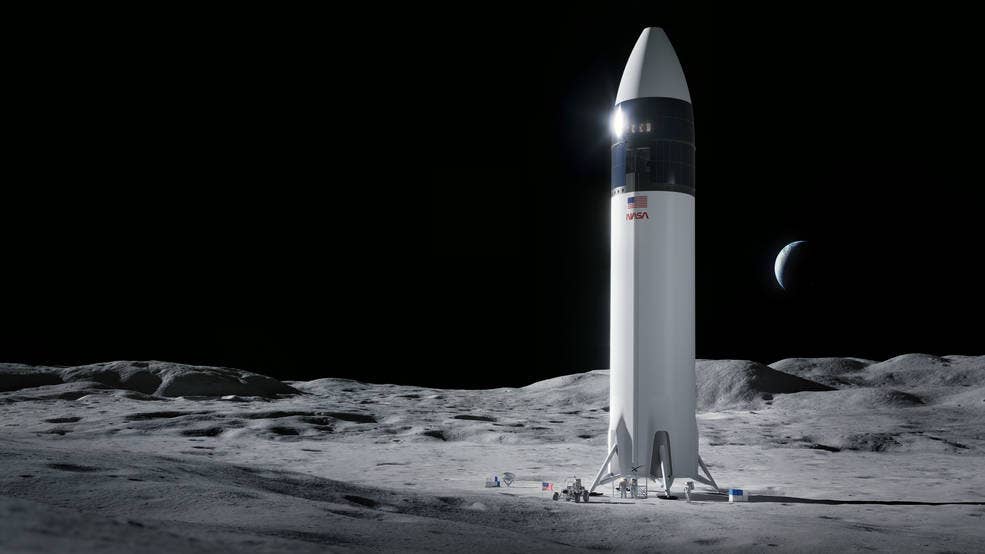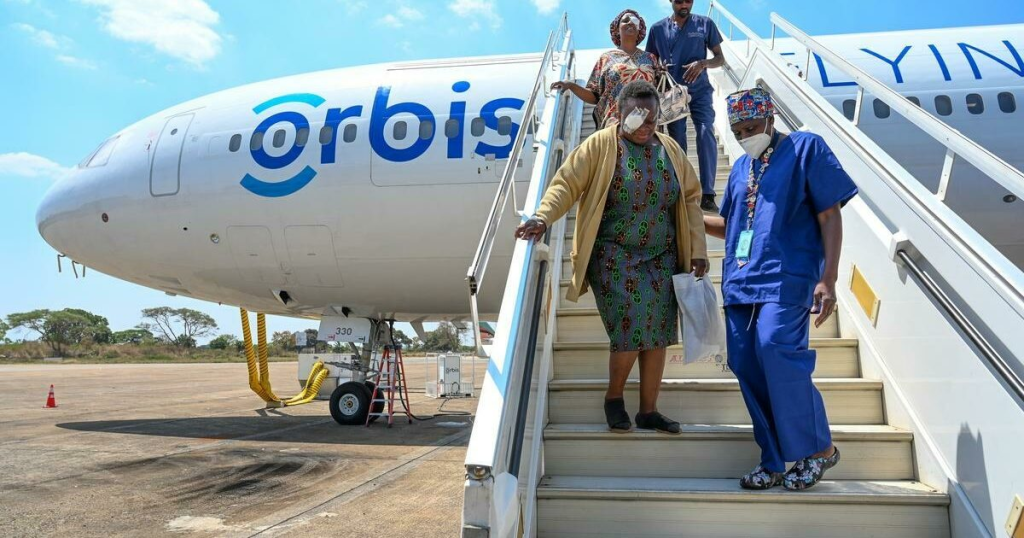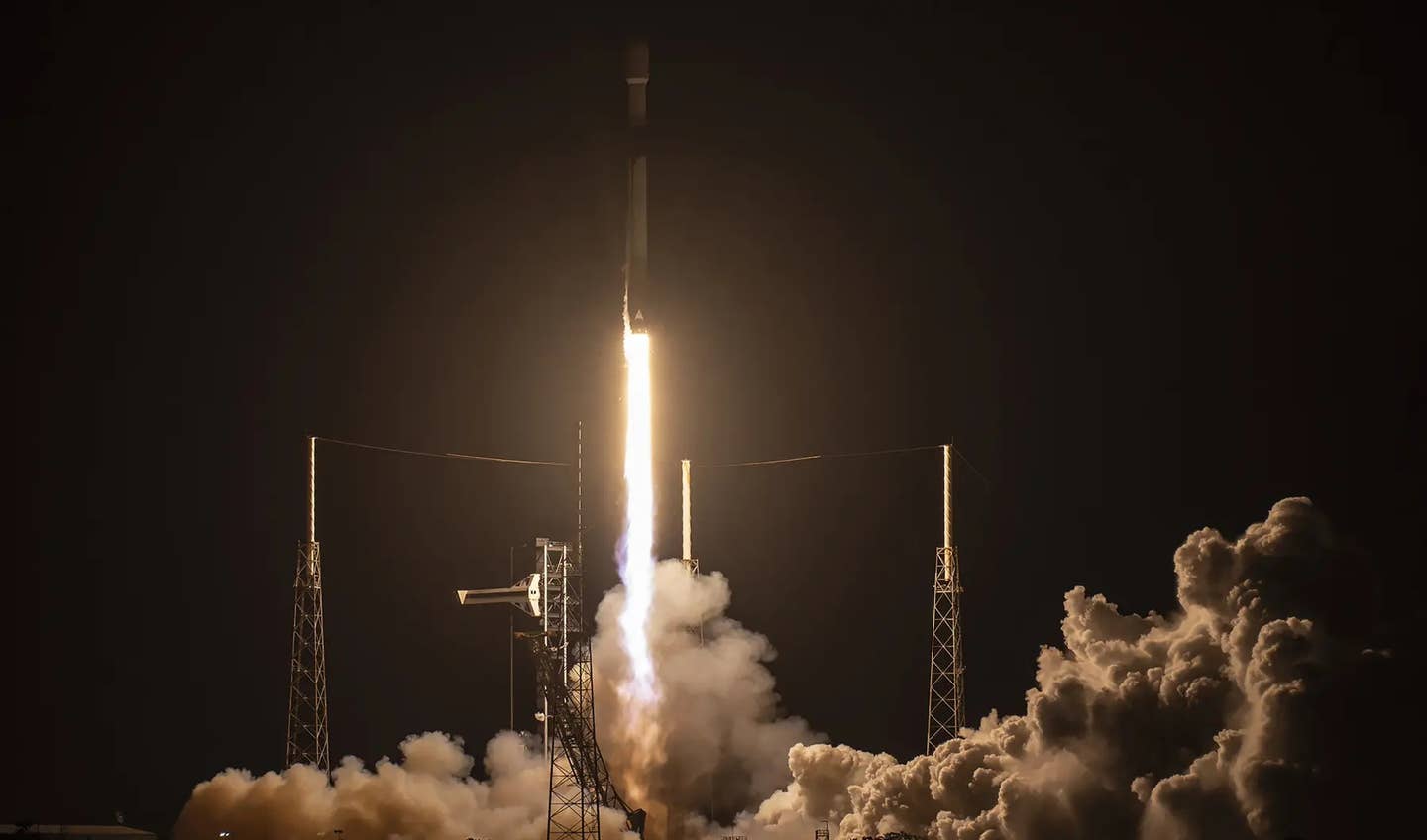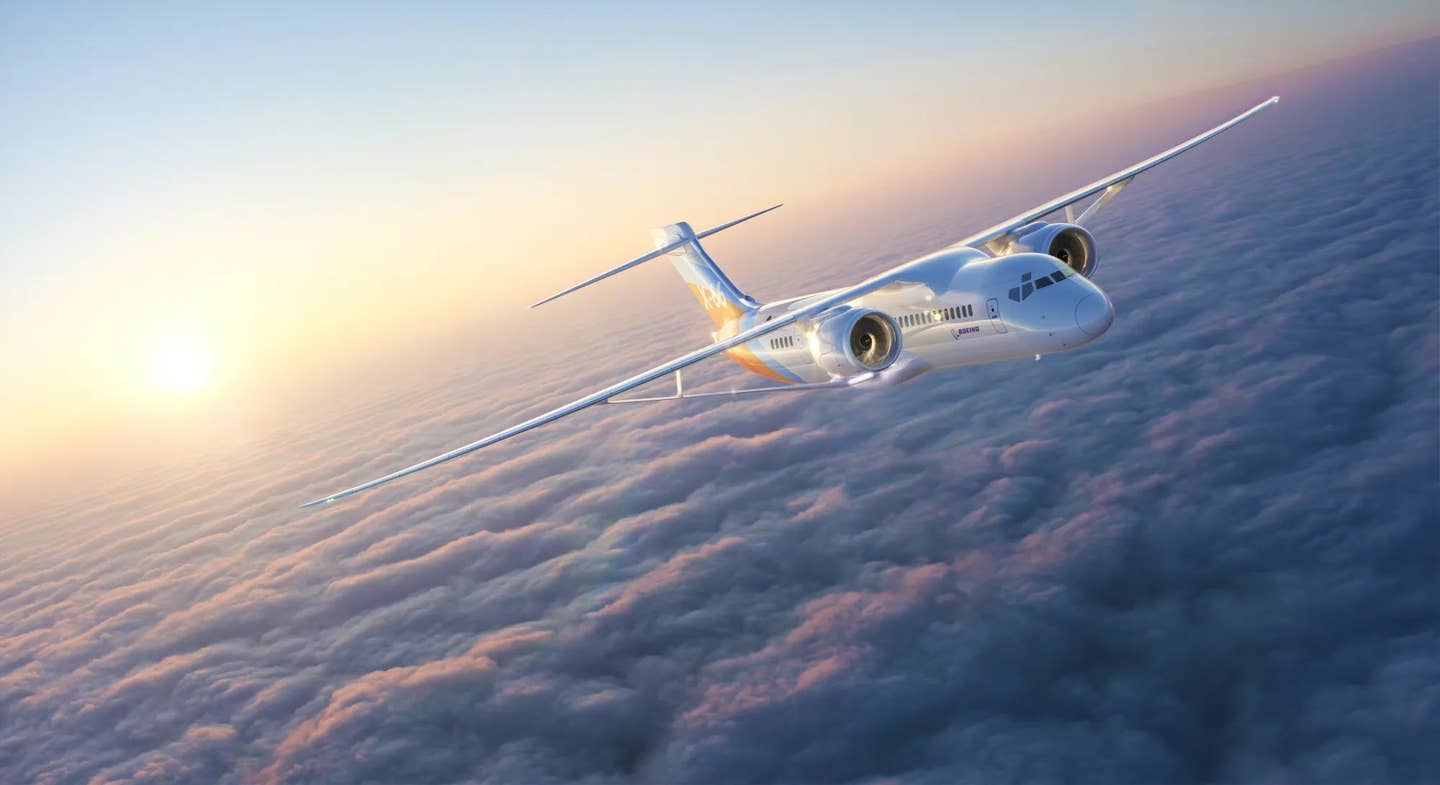
Illustration of SpaceX Starship human lander design aimed at carrying NASA astronauts to the surface of the Moon under Artemis. SpaceX
Americans will not be returning to the surface of the moon until at least 2025, NASA said Tuesday, confirming for the first time the agency will not make its original 2024 deadline.
During a teleconference with reporters updating its Artemis Program, NASA Administrator Bill Nelson blamed delays in developing the Artemis Orion astronaut capsule as well as a long legal battle between SpaceX and Blue Origin over the program’s lunar lander.
“We are estimating no earlier than 2025 for Artemis III, which would be the human lander on the first demonstration landing that was won in the competition by SpaceX,” Nelson said. “...We deal in an arena of cutting-edge technology and other things like COVID and litigation that get in the way.”
Plans call for NASA’s Artemis Program to land the first woman and first person of color on the moon’s surface.
The program’s first mission, Artemis I—an uncrewed test flight around the moon—is expected to launch in February 2022. Artemis II, the program’s first crewed mission, will fly astronauts around the moon and return them to Earth without landing on the surface. That mission is expected to take place in 2024.
Lunar Lander Battle
But the battle between Elon Musk’s SpaceX and Jeff Bezos’ Blue Origin took most of the blame during Tuesday’s news conference. The fight between the two private space companies over who would build the lunar lander began earlier this year when NASA named SpaceX as the lander contractor. That announcement prompted Blue Origin to take legal action, which Nelson said essentially blocked NASA from moving forward with the lander.
“NASA’s operations and those of our commercial partners have to improve,” he said.
A judge ruled against Blue Origin last week, opening the door for SpaceX and NASA to continue development.
Nelson also partially blamed Washington. “Previous Congresses did not appropriate enough dollars for development of the human landing system,” Nelson said. “And then the Trump administration target of a 2024 human landing was not grounded in technical feasibility.”
Nelson called for additional congressional funds to support competition by private contractors who would build systems to support “the 10-plus moon landings in the future. There will be the need for a significant increase in funding for the competition, and that’s going to be starting with the 2023 budget.”
He suggested that a new space race might be driving the timeline. “After all, the Chinese space program is increasingly capable of landing Chinese taikonauts much earlier than originally expected,” Nelson said. “But whatever, we are going to be as aggressive as we can be, in a safe and technically feasible way, to beat our competitors with boots on the moon.”

Sign-up for newsletters & special offers!
Get the latest FLYING stories & special offers delivered directly to your inbox






